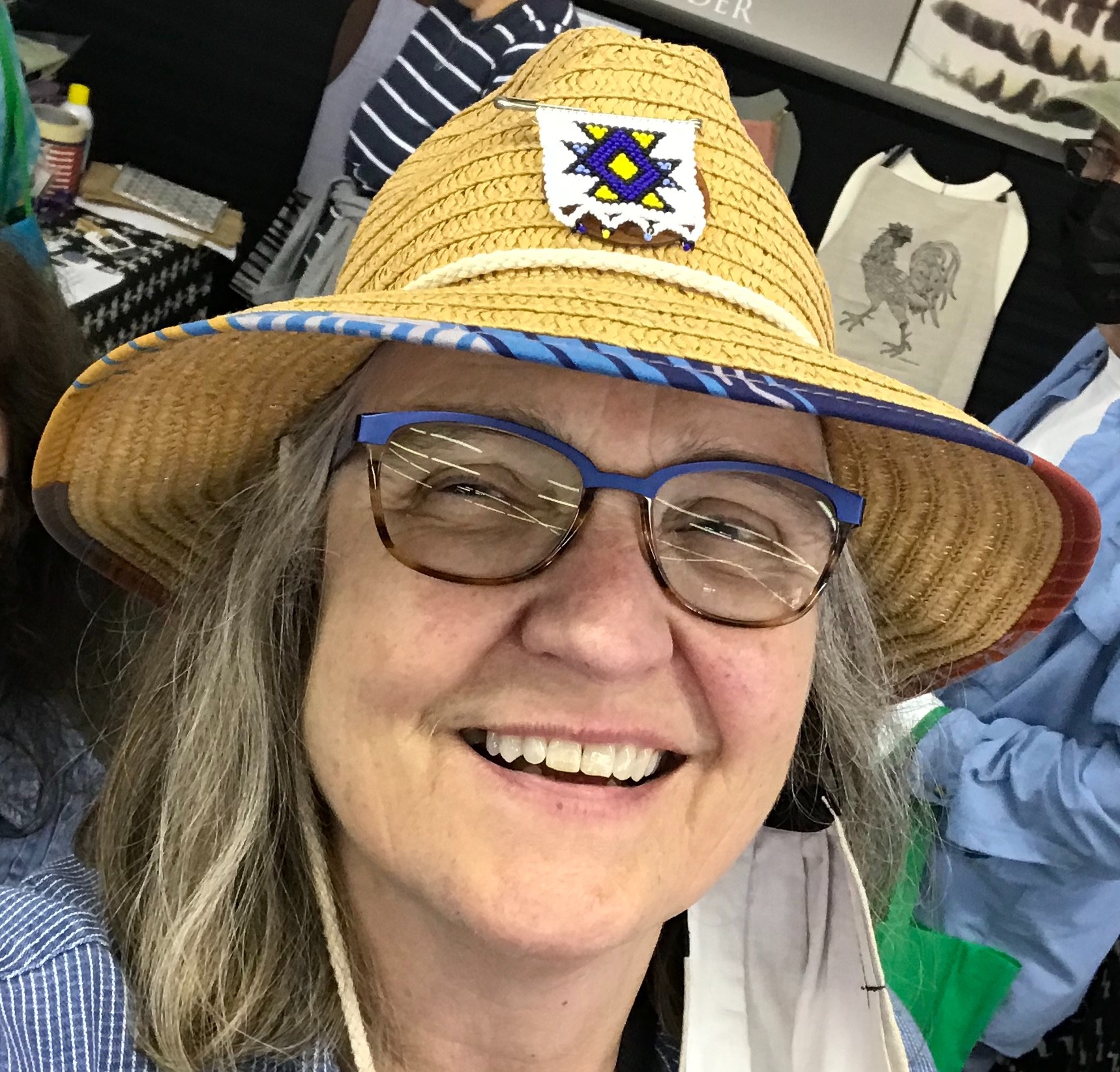We were lucky to catch up with Susan Wilder recently and have shared our conversation below.
Alright, Susan thanks for taking the time to share your stories and insights with us today. Let’s kick things off with your mission – what is it and what’s the story behind why it’s your mission?
My mission as a Fine Artist is to engage with the environment I live in, find iconic images which are both mundane and rich in mythology, and create narratives that are open to interpretation. Depending on where I have lived, these images have radically changed. Subjects have included water studies , botanicals, boats and birds and ultimately have overlapped over the years as I have changed my locale.
The medium I practice has primarily been drawing. I have a Bachelors degree in Drawing and a certification in Scientific illustration. Lately I have turned to printmaking, first as a way to use my skill set but also to make images that are more affordable and graphic to appeal to a younger audience.
I have been a teacher for many years, working on the college level as well as with various populations including the elderly and the developmentally disabled. I tend to teach the same way I gather artistic information, with great curiosity and respect. Art is a great unifier and I find every one has a response to imagery regardless of training or even coordination. I very much like exploring the impulse to make something. My ultimately mission is to engage creatively across as many boundaries as possible.
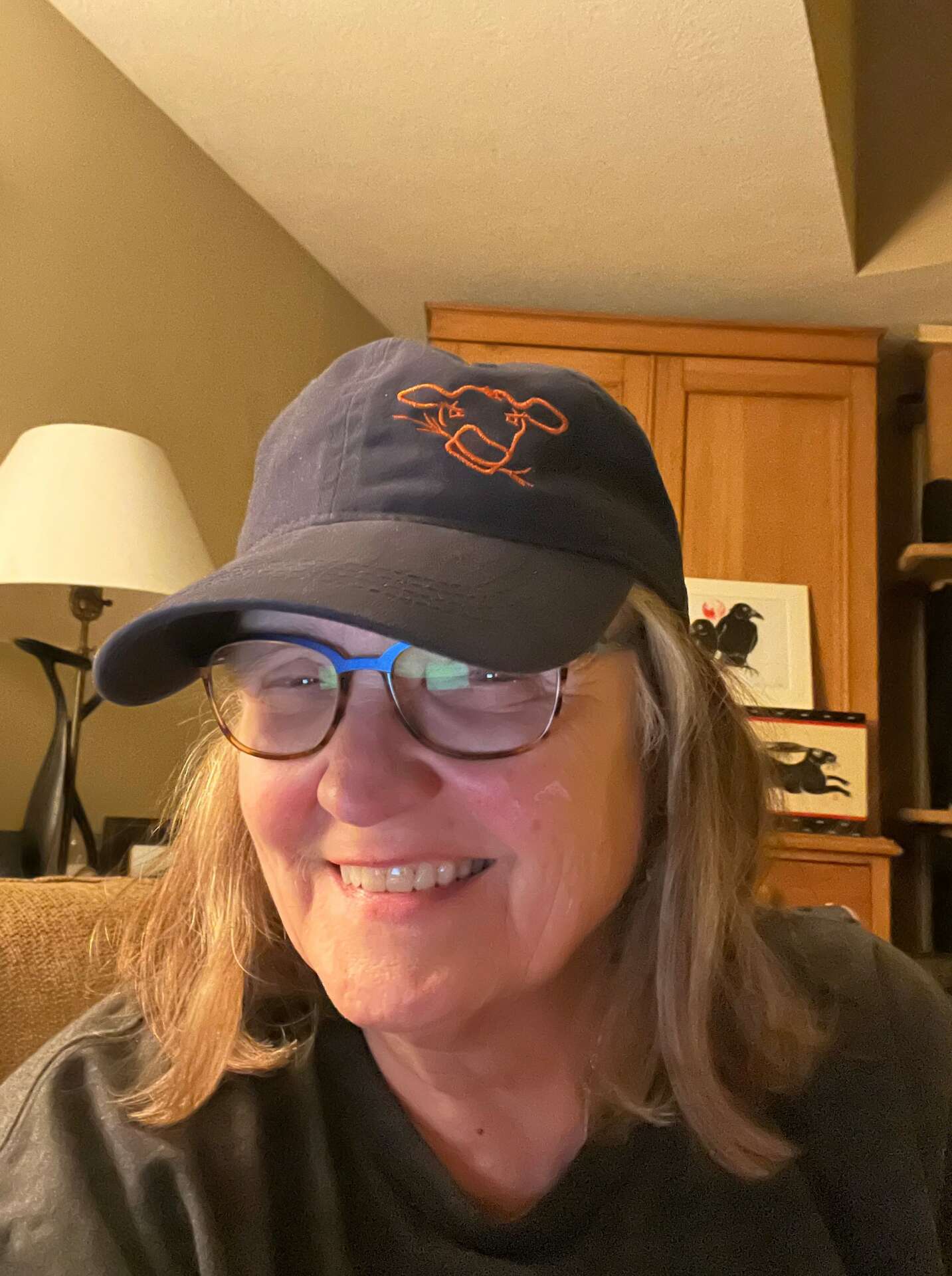
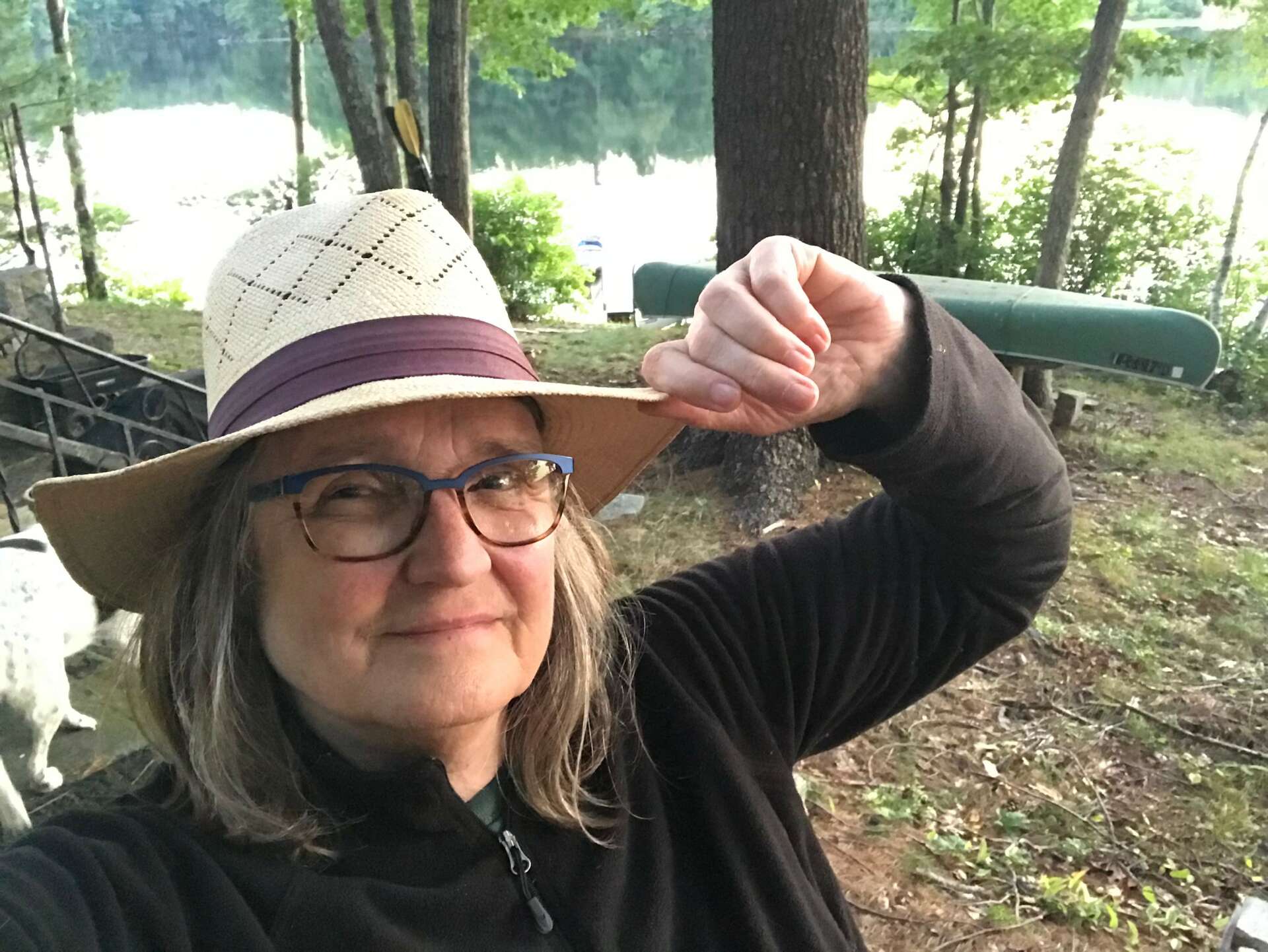
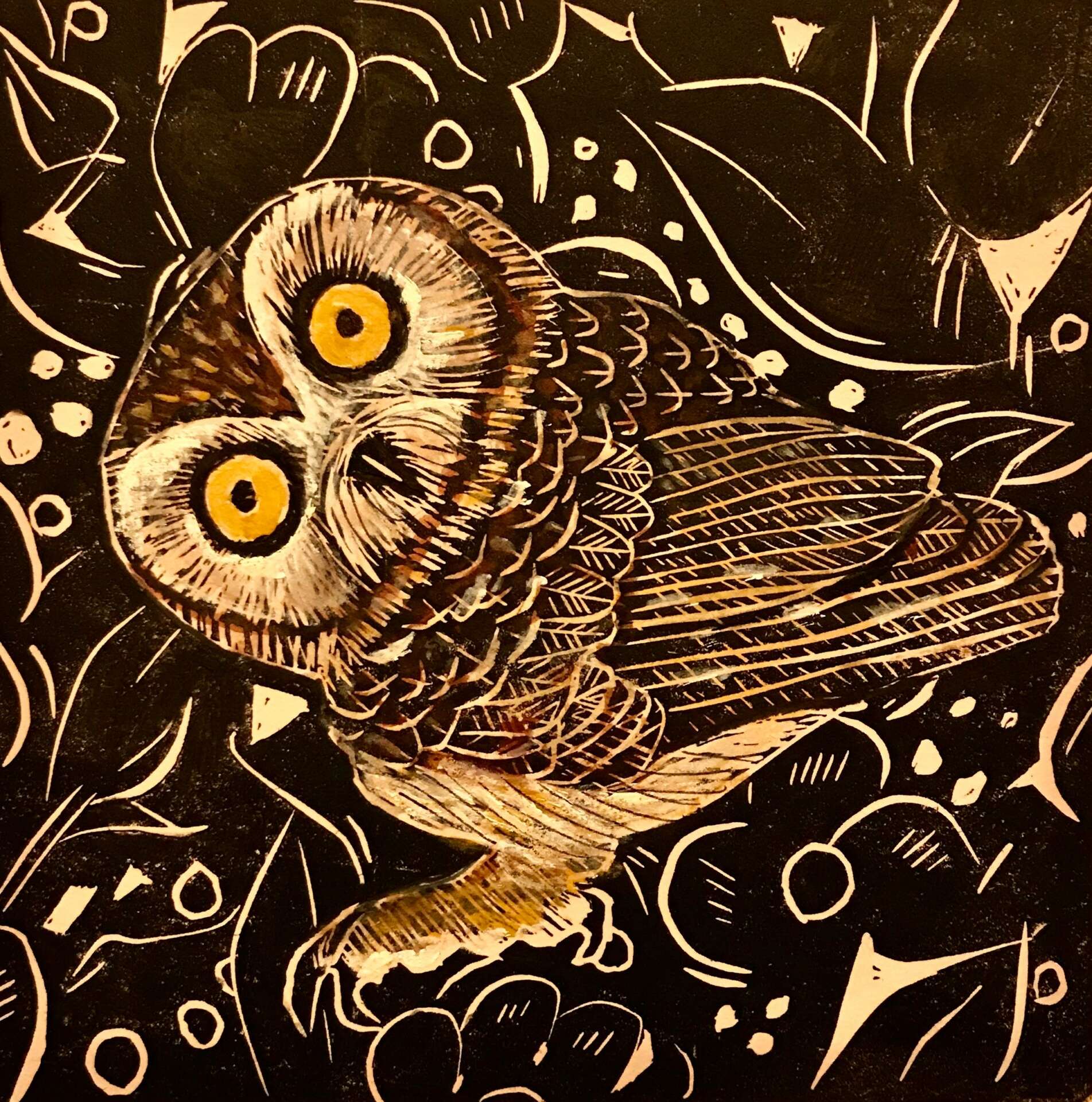
Awesome – so before we get into the rest of our questions, can you briefly introduce yourself to our readers.
Like most artists, I was always an artist. I was very fortunate however that when I was at the age of 12 when kids give into the draw of social interplay, my mother decided to take up painting. I was intrigued. I quite diligently continued on that path, increasing my skills and finagled acceptance into an art school in NYC. This was in 1969. I graduated with a degree in Fine Arts, with no real world workable skills but no debt either. I was free to flail and fail which I did until I started teaching and exhibiting. But it was also a different world with cheaper rents and less pressure.
I ended up in Los Angeles at 27 – a perfect move from the more traditional east coast. I think the creation of a persona in the world, a public identity as an artist is very important. This is a very west coast concept maybe because of the entertainment business but it’s helpful to embrace. I strongly identify as an artist. All of the jobs and experiences that followed were fuels by this confidence of identity.. I hand painted textiles and screens, I designed logos. I painted murals, I went into the LA schools system and taught kids how to make bird totems, I worked with the developmentally disabled. All the while I continued I painting and exhibiting in LA.
Now I live in Maine. I taught college here and was the Dean of an art school. I make huge wooden cuts out of boats that I observe in the harbour just down the street my house. And lately I create bird images in linocut, observing the grand migration and interplay between birds. Crows and owls are mortal enemies. It’s an age old story.
Basically I have been very fortunate to practice my craft all these years. It has created me as much as I have created it. My mother painted until 3 months of her passing. I should be this lucky.


Let’s talk about resilience next – do you have a story you can share with us?
The most interesting job I ever had as an artist was teaching drawing to a group of adults with developmental disabilities. I worked for L.A GOAL in Culver City, Californian starring in 1989. I was hired with little experience with teaching really or disabilities. I went in blind but the more intimidated I became the more I had to rely on my identity as an artist. I decided to teach the class basically on a college level.
Initially it was an absolute fiasco. Some of my students could draw better than I could , some couldn’t hold a pencil steady. Seizures abounded. And long silent stares. I was pretty wide eyed. So I decided to take them all on a philosophical jaunt through the art world. The further out we went the better it got. Surrealism appealed to them. So did abstract expressionism. It wasn’t traditional but we managed some skill training in the process. They had a lot to say. And I was all ears. It’s was fascinating and informed my own practice in way I could not have imagined.
But their identity as artists is what changed everything. Eventually a few years later we started a commercial art studio called Inside Out Productions. We got a grant from the State of California and hired a number of people with developmental disabilities to work in the studio. Proud to say it is still in existence.
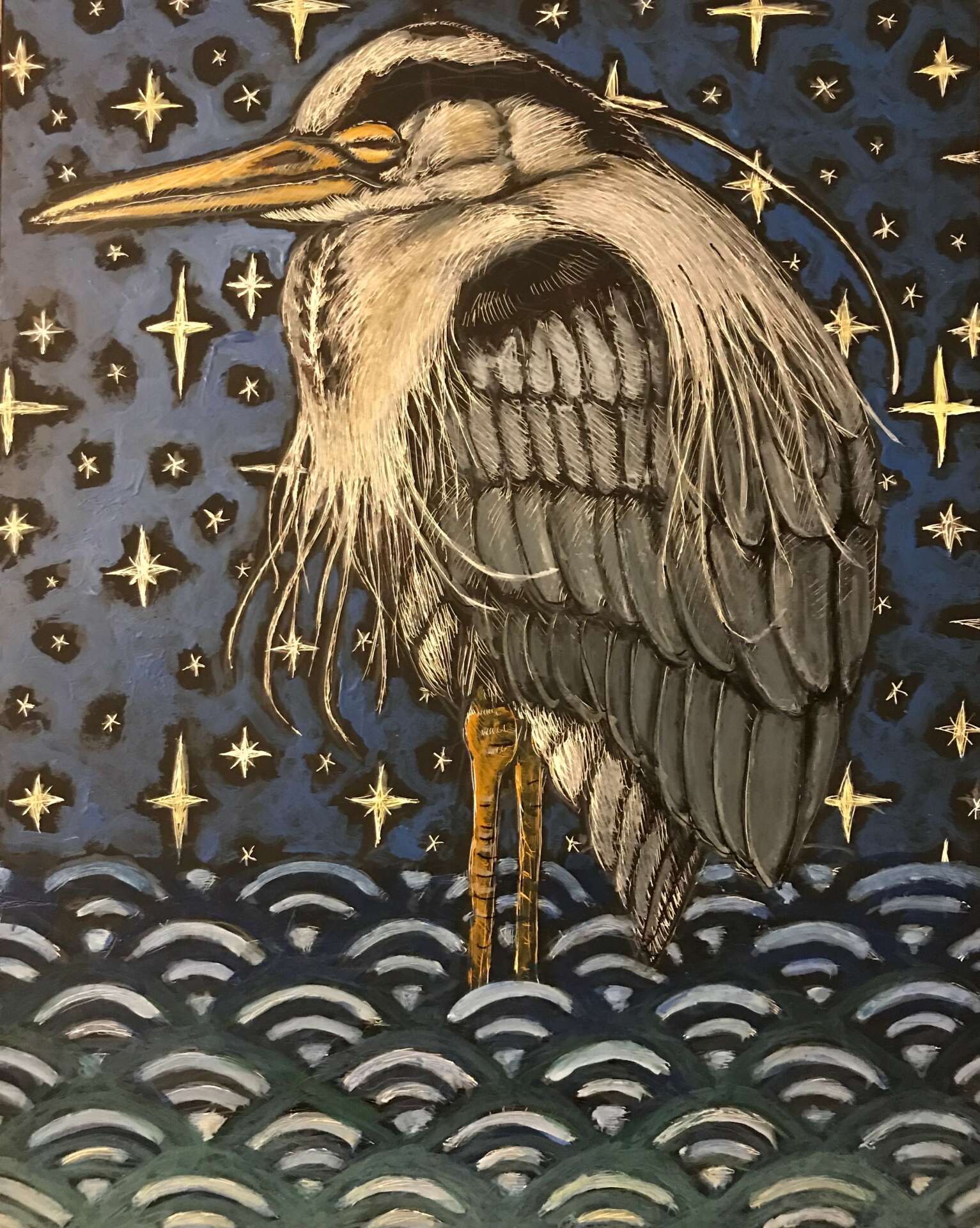

Are there any resources you wish you knew about earlier in your creative journey?
I wish I had had exposure to “working artists “ early in my career. The concept is really basic. As an artist, everything I do is creative. I am always looking for patterns and pairings and color matches. I’m aware of scale and hierarchies and contrast. It took me a very long time to understand that as an artist with such training I could do so many different things and it was all art. It wasn’t just about painting an illusive masterpiece,
Over the years i have made signs, painted houses, learned framing and hanging and curating. I learned how to interview people, how to memorise a bookshelf in a book store, how to critique a project, how to write a review.. I look back now and realize that my insistence that I was an artist when I was driving a cab in Newport Rhode Island lead me to a teaching job at the local art school. All work is creative. I spent a long time figuring this out and I tell my students this all the time. Think like a working artist. Be a working artist. Lend your skilled point of view to everything you do.

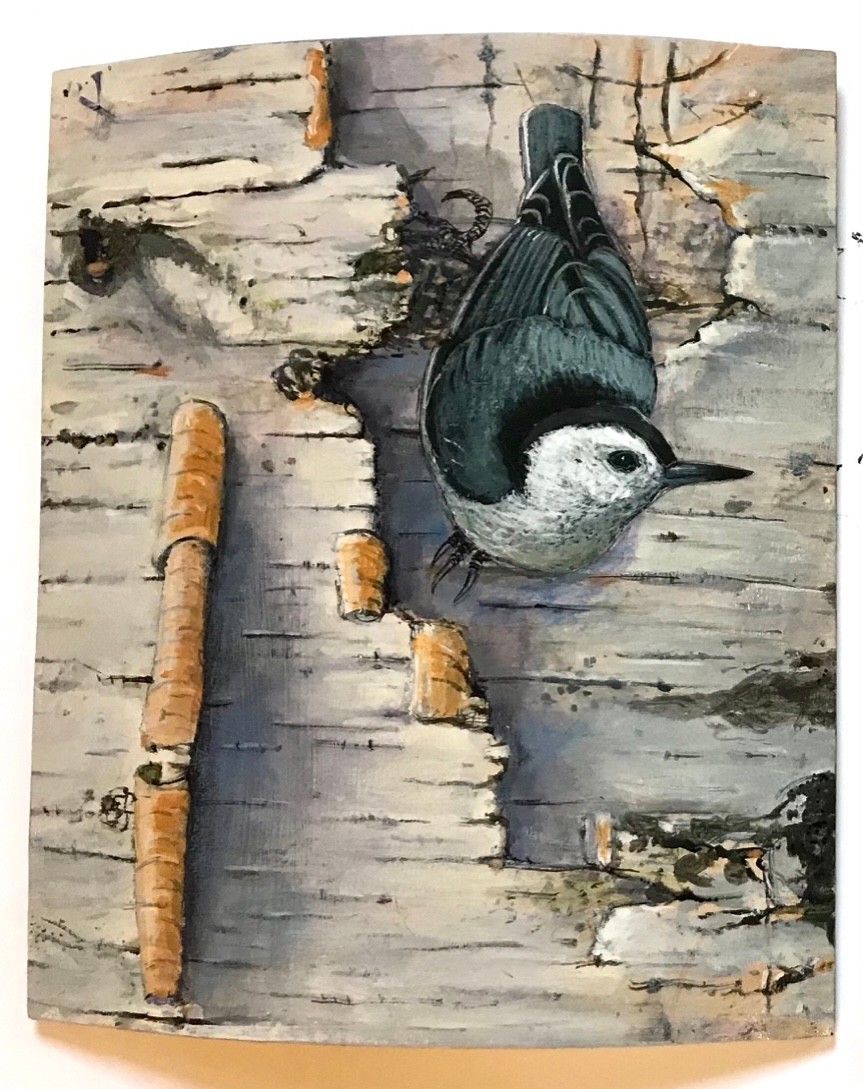
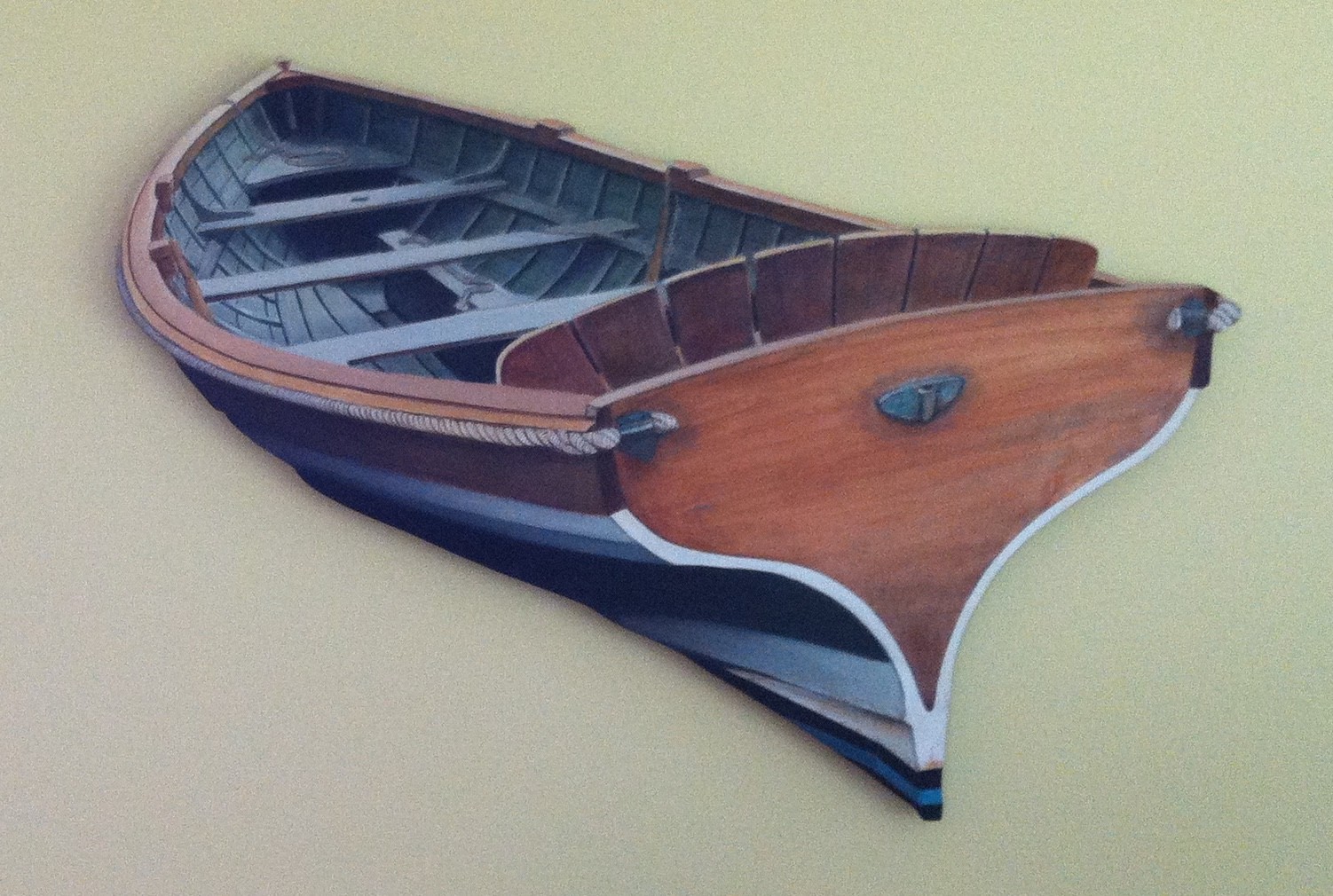
Contact Info:
- Website: Susanwilder.net
- Instagram: Cezannewilder
- Facebook: Susan wilder, artist


